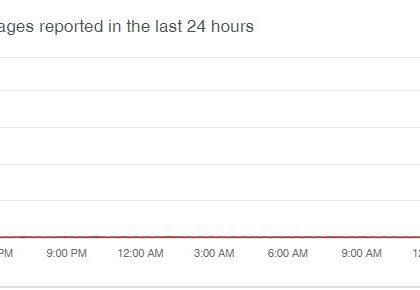Full Decryption of Systems Encrypted by Petya/NotPetya [source: crowdstrike]
by CIRT Team
Almost the complete Master File Table (MFT) can be decrypted. In this post, we describe our approach to collect more keystream bytes, which eventually leads to decrypt the complete disk.
Technical Analysis
Encryption of Files
MFT records already store the content of a file, if the file is at most 900 bytes in size. This means that the tool decryptPetya.py from our first blog post can already decrypt these files. However, many critical files stored on disk are larger than 900 bytes. When the file size exceeds 900 bytes, the MFT record points to the respective cluster on the drive. Petya/NotPetya encrypts the first two sectors of the file content, i.e., the first 1,024 bytes.
To get an overview of how files are encrypted on the hard drive, we compared our evaluation disk before and after encryption, side-by-side. The figure below shows the unencrypted disk on the left and the encrypted version on the right). The indicator on the left gives an overview of how the encryption process affects a wide area of the hard drive. This means that much of the keystream material is used and needs to be recovered for a complete decryption of the hard drive.
To get a better overview of the decryption potential, we counted the number of encrypted bytes on the hard disk with regard to their location in the keystream. If the number of data points for a given keystream index is high, the probability that the keystream at this index can be decrypted is similarly high. In the previous blog post we already pointed out that the keystream length is only 4MB, and hence, it wraps for every 2GB progressions on the hard disk.
For more, click here.
Recommended Posts

Training on cybersecurity awareness for Department of Women Affairs
25 Nov 2023 - Articles, English articles, News, News Clipping, Service










